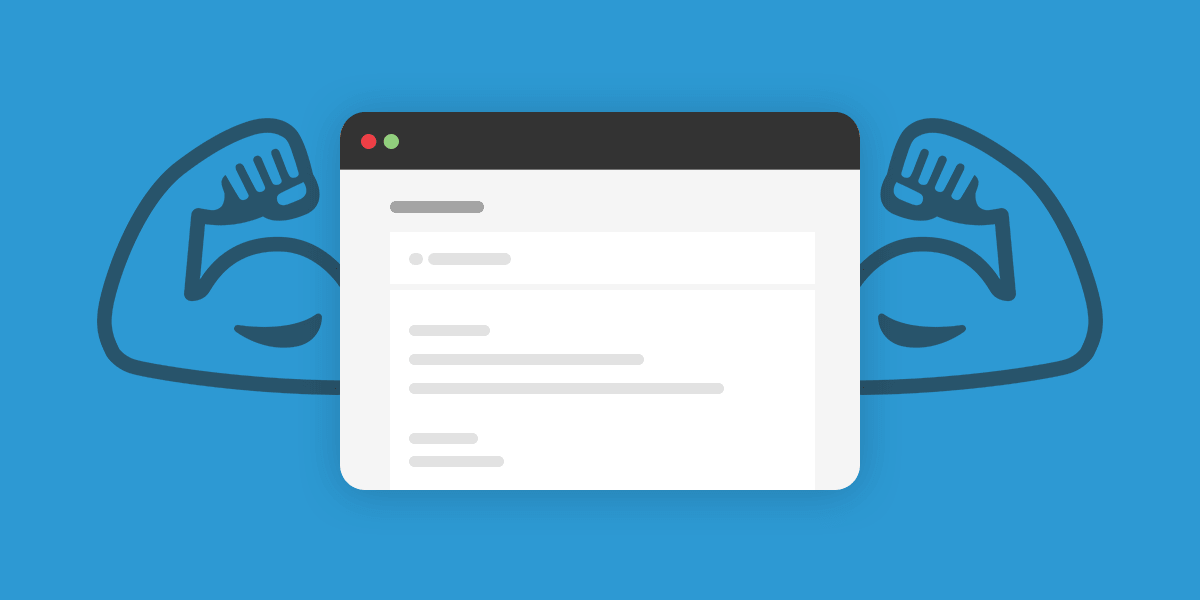What Is Email SMTP Protocol And How To Use It

Email is undoubtedly one of the most critical services on the internet in the present times.
Internet systems mostly use SMTP or Simple Mail Transfer Protocol to transfer emails from the sender to the recipient.
SMTP can be defined as a Push Protocol that is mainly used to send emails, whereas POP or IMAP are used to retrieve emails from the receiver’s end.
What is SMTP?
SMTP can be defined as a part of the application layer of the TCP/IP protocol. It helps in moving your email on and across the network. The sender opens a TCP connection to the SMTP server and then sends the mail across the connection. It is to be noted that the SMTP server is always in a listening mode. As soon as it receives a TCP connection from the sender, it starts to connect to the default SMTP port. Once the TCP connection gets established successfully, the user can send emails instantly.
So, it can be said that the primary purpose of SMTP is to set up communication rules between servers. The servers use specific ways to identify themselves and announce the communication that they are trying to establish. They also have ways of handling errors; for example, if the recipient’s email address is wrong, then the server replies with a typical error message.
What are the components of SMTP?
We can break the SMTP server and the SMTP client into two components: the User-Agent (UA) and the mail transfer agent (MTA). The UA helps in preparing the message, creating envelopes, and putting a message into an envelope. The MTA works on transferring the mail from the sender to the recipient. SMTP adds a relaying system here, by incorporating more MTAs on the sending and receiving sides. It either acts as a client or server to relay the email.
Some SMTP Commands
HELO – Identifies the client to the server. It is sent only once for each session
MAIL – It initiates the transfer of messages
RCPT – It Follows the mail and then identifies and an address
DATA – send line by line data
All about sending and receiving emails
Sending emails- When we hit send on an email or bulks of emails, the next steps include a series of messages between the client and the server. The message which is sent across consists of a header and a body. For the termination of the header, a null line is also used. However, you may think about filling the header with original subject lines. All the information present below that null line is the body of the message, which is nothing, but a series and sequence of ASCII characters. The body of the message consists of the actual information that is read by the recipient.
Receiving emails- On the server-side, the agent of the user checks inbox at particular time intervals. When any information is received, it notifies the user about the email. On opening the mailbox, the recipient can see a list of emails with short descriptions for each of them. The recipient user will have to select the particular mail which he wishes to read.
